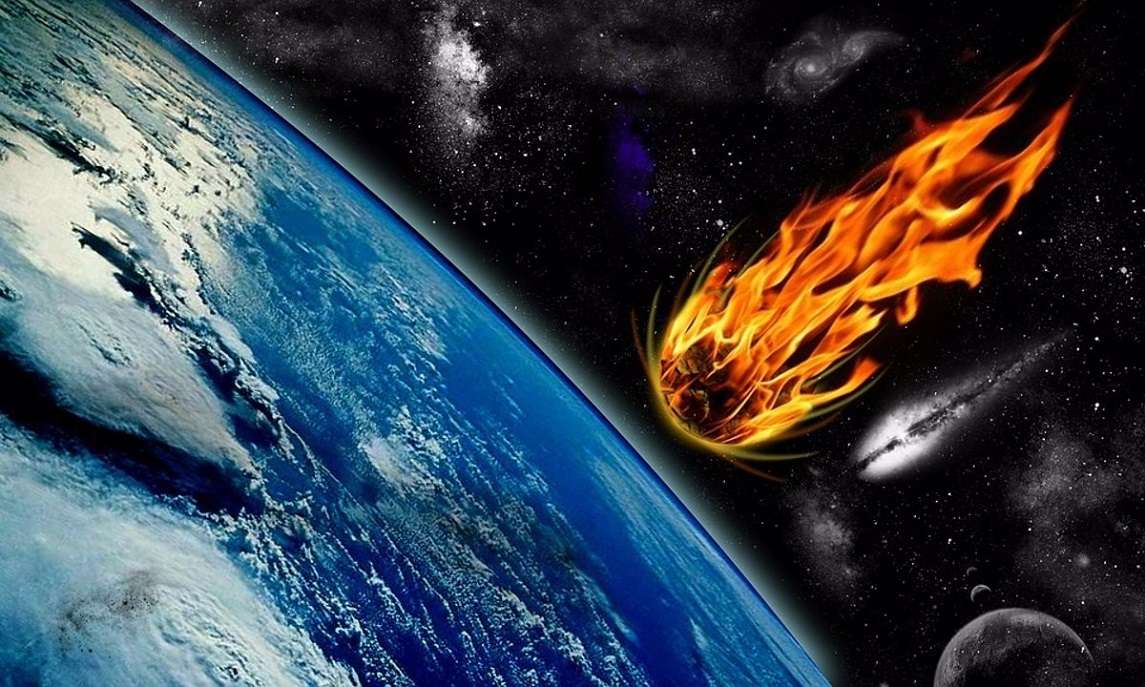Water constitutes 71% of the earth’s surface, although it is not known for sure how or when such large quantities arrived. One of the theories is that it was brought by meteorites, and a new study points to a specific type of these bodies: non-molten or chondritic.
The investigation What do you post today? Naturedirected by the University of Maryland (USA), approaches an answer to these questions, after analyzing molten meteorites that have been floating in space since the formation of the solar system 4.5 billion years ago.
According to the report cited by the Spanish agency efe, these meteorites had extremely low water content; in fact, they were among the driest extraterrestrial materials ever measured, allowing them to be ruled out as the primary source of Earth’s water.
The ocean covers most of Earth’s surface, but no one knows how all this water arrived on our planet.
In a new @Nature study led by @umdgeology‘s Megan Newcombe (@PlanetaryVolc), scientists examined melted meteorites in space for clues. https://t.co/goO7YIvosd pic.twitter.com/7d8JAnu11e
— UMD Science (@UMDscience) March 15, 2023
The discovery could have important implications for the search for water – and life – on other planets, as well as helping researchers understand the unlikely conditions that lined up to make Earth habitable.
The team analyzed seven molten meteorites – or achondrites – that crashed to Earth billions of years after splintering from at least five planetesimals, objects that collided to form the planets of our solar system.
Analyzing water in extremely dry materials is a challenge, since any trace of terrestrial water on the surface of the sample or inside the measurement instrument can be easily detected, falsifying the results, the report points out.
Some of the meteorite samples came from the inner solar system, where Earth is located and where conditions are assumed to have been hot and dry. Other, rarer samples came from the coldest, iciest reaches of our planetary system.
Although it is generally thought that the water came to Earth from the outer solar system, it has not yet been determined what kinds of objects were able to carry it.
The researchers discovered that in the chondrite samples, water accounts for less than two millionths of their mass, compared to the wettest meteorites – a group called carbonaceous chondrites – which have up to 20% water by weight, that is, 100,000 times more than the samples studied by Newcombe and his team.
This means that the heating and melting of planetesimals causes a near-total loss of water, regardless of where they originated in the solar system and how much water they started with.
Mexican biologist finds drugs against Alzheimer’s and COVID-19 in sponges
Since, contrary to popular belief, not all objects in the outer solar system are rich in water, the researchers concluded that the water probably reached Earth via unmolten or chondritic meteorites.
These discoveries, according to research coordinator Megan Newcombe of the University of Maryland, have applications that go beyond geology, as scientists from many disciplines, and especially exoplanet researchers, are interested in how water He came to Earth because of his deep connections with life.
With information from Efe.


















